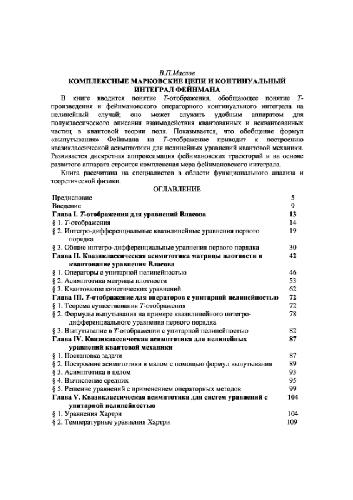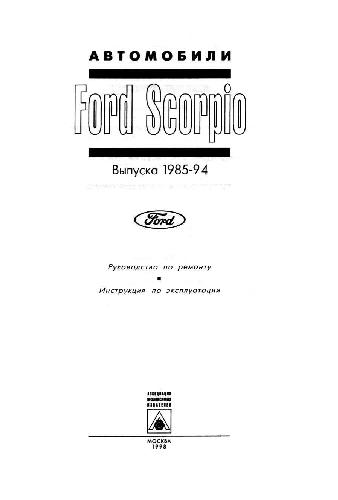- 2 402 202 книги
libcats.org




Theoretical Analysis of High Fuel Utilizing Solid Oxide Fuel Cells
Pedro NehterThe commercialisation of fuel cells needs further developments in materials, power density and durability. These key issues are strongly related to the choice of electrochemical, thermodynamic and design parameters. This applies in particular to the sensitivity of the solid oxide fuel cell's (SOFC's) power density and durability. Achieving high power density has to be assessed carefully with regard to the cell's voltage, fuel utilisation and efficiency. The operation at high fuel utilisation is particularly critical due to the decrement in the Nernst voltage and the formation of nickel oxide at nickel cermet anodes.Both effects are influenced by the local hydrogen to water ratio of the anode gas. Therefore, it is essential to understand the local resolution of the gas composition and its influence on the total power density. In this context, analytical solutions of the integral current density at a constant area specific resistance (ASR) are presented in this study. As a result of the transferred species, loss mechanisms occur. These polarisation losses are sensitively influenced by numerous mechanisms, which are strongly non-linear. Therefore, a finite difference model is chosen to analyse the influence of the major operational parameters on the power density. It is based on a two dimensional resolution of the local energy balance in the axial and radial direction of a tubular SOFC.This model includes heat transfer by conduction, convection and radiation as well as the heat sources due to the chemical and electrochemical reactions. The shift reaction and the reforming of residual methane are taken into account by a kinetic approach. The electrochemical losses of the hydrogen oxidation are determined by commonly used Butler-Volmer equation, binary diffusion, Knudsen diffusion and ohmic law. Based on the finite difference simulation, a novel conceptual solution is proposed which allows improvements in the fuel utilisation and power density.The proposed configuration consists of an anode gas condenser which is used to increase the fuel utilisation from 85 percent to 94-97 percent at a constant total cell area and higher efficiency. In this context, the tendency of the formation of nickel oxide at the anode is approximately estimated to take roughly the durability of the anode into account. This system could be applied to stationary CO2 sequestering applications. Using methane as fuel, it is further shown that the CO2 can be separated with a minimum demand of energy with the high fuel utilising SOFC gas turbine cycle.
Ссылка удалена правообладателем
----
The book removed at the request of the copyright holder.
----
The book removed at the request of the copyright holder.
Популярные книги за неделю:
#2

В.Бекетов, К.Харченко. Измерения и испытания при конструировании и регулировке радиолюбительских антенн (djvu)
4.82 Mb
#4

Самодельные детали для сельского радиоприемника
Авторы: З.Б.Гинзбург, Ф.И.Тарасов.Категория: радиоэлектроника
1.40 Mb
Только что пользователи скачали эти книги:
#5

Комплексные марковские цепи и континуальный интеграл Фейнмана
Маслов В.П.Категория: Mathematics
3.22 Mb
#6

Автомобили Ford Scorpio выпуска 1985-84. Руководство по ремонту · Инструкция по эксплуатации
85.22 Mb












